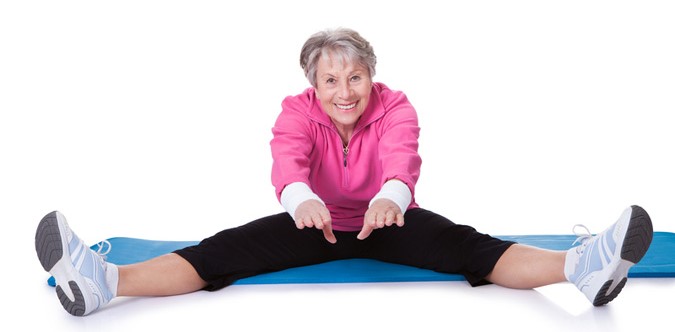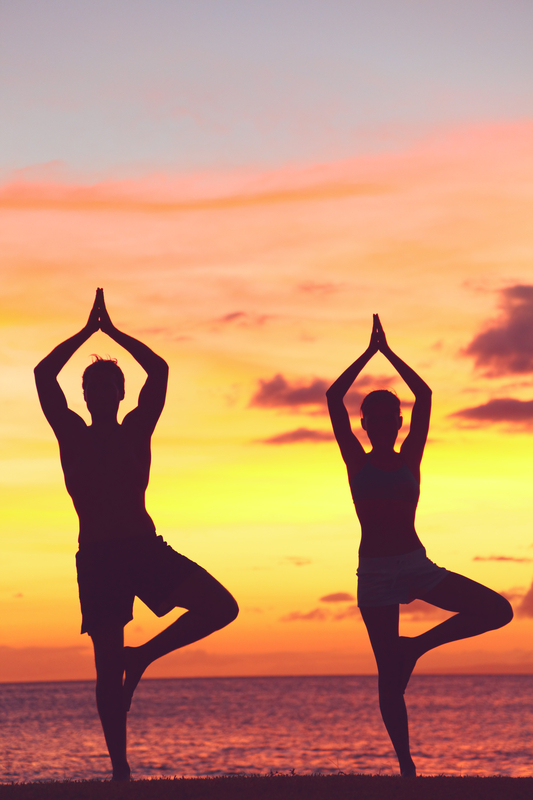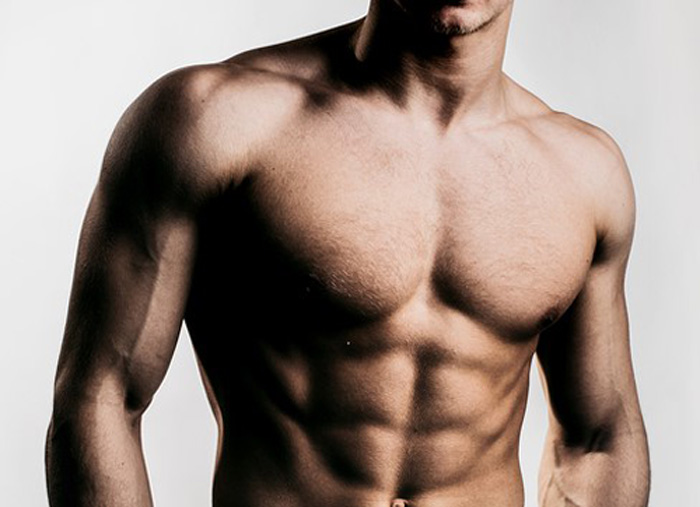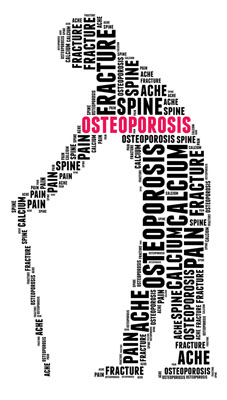The Importance of Flexibility

Definition of Flexibility
We may not think about the importance of flexibility, as a component of fitness, until we notice the inability of a joint or muscle to move with full range of motion. It is then that we experience the definition of flexibility.
The Importance of Flexibility as You Get Older
Flexibility is an important aspect of every athletic endeavor, and decreases injuries as we age. As with
all components of fitness, range of motion is within our control.
Many people idly accept stiffness as nature taking its course. Stiffness and inflexibility occur at any age as the result of inactivity, so it isn’t only an age-related condition.
However, it does become essential to focus on this component of fitness as the years begin to stack up behind us. Water content in the tendons reduces, cartilage degenerates, fluids in the joints are reduced, and ligaments shorten and lose flexibility. Muscle mass depletes with age, and that reduction decreases strength, which is vital to flexibility.
Any of these changes decrease range of motion and lead to other muscles compensating for it -- a recipe for injury. The old saying, “use it or lose it,” is just as applicable to this aspect of fitness as it is to all the others.
The good news is that we can maintain or regain a limber body at any age. I doubt that you will see a physical therapist with an elderly person who is not guiding them through range of motion exercises, focusing on the importance of flexibility in improving functional fitness.
 A limber body is more youthful, fluid, and efficient than a stiff body.
A limber body is more youthful, fluid, and efficient than a stiff body.
How to Improve Flexibility
As with any exercise, stretching and bending require gentle effort – let me emphasize the two words I just mentioned -- “gentle” and “effort.” Never force your muscles or joints to do anything.
Gently coax them to stretch and bend. You should feel mild tension, but not pain. As with any form of physical activity, you only get from it what you are willing to give to it.
Even if you can only stretch a little at first, you will begin to notice how quickly your range increases as the days go by. Be persistent. Be patient. Don’t do it for the short run. This is a lifestyle change -- one you will do for the rest of your life.
Always contract your abdominal muscles inward during movements. This not only strengthens your abs, it protects your lower back.
When weight training, I typically stretch the muscle after I have completed all the sets for that muscle.
Remember to do full-range of motion repetitions when you are lifting weights. This builds both functional muscle strength and stretches the muscle at each point between contraction and extension.
Stretching is best done after the muscle has been used or warmed through some form of motion, and not before, when the muscle is ‘cold.’
I warm up my muscles before I go for a bike ride, ski, and anytime I am going to place a demand on my muscles and joints. Mild aerobic movement such as jumping jacks of jogging in place help to bring circulation into the muscles and joints.
Try doing slow stretches in the evening. Combined with comfortable and deep breathing, it can be a great relaxation tool.
You might consider seeing a massage therapist or chiropractor trained in myofascial release treatments which can enhance fluidity of movement. As an alternative, using a foam roller at home can also be quite effective.
Don't ignore the importance of flexibility when it comes to enjoying life. Even if you haven't started noticing a lack of flexibility, start stretching now to maintain your range of motion. It isn't something you have to accept as a part of aging. Stiffness is optional.
If you are not certain what forms of bending and stretching you should do, ask your doctor or a trainer, pick up a book or video, or attend a class offered at your local community center or YMCA.
More Topics That May Interest You
Foam rollers not only provide deep-tissue massage, they help to relieve muscle tension that may hinder flexibility.
Some of the advertisers on my website are affiliate partners, which means that I may receive a small commission from any sale, at no extra cost to you. For example, as an Amazon Associate I earn a small commission from qualifying purchases.
Your purchases help to support this free-information website. Thank you.
The content of this website is for informational purposes only and not intended to be taken as a replacement for professional medical advice, care, diagnosis or treatment by a doctor, dietitian, physical therapist, nutritionist or fitness instructor.
DO NOT BEGIN ANY EXERCISE PROGRAM WITHOUT CHECKING WITH YOUR DOCTOR FOR UNDERLYING CONDITIONS THAT MAY PREVENT YOU FROM DOING SO.






